Like the existing iPhone and iPod touch, the iPad can output video via the same composite or component video cables to present standard definition, analog video with roughly 480 lines of resolution.
The iPad's new VGA-connector option delivers PC style video at the device's native 1024x768 resolution. Existing iPhone and iPod models won't work with the new VGA cable, as they aren't designed to support higher resolution outputs than they can display.
The iPad gets the new VGA output option primarily to support video projectors, which will allow business users to present Keynote presentations directly from the device.
The ancient VGA standard
Apple's iPad announcement caused some to wonder why the company is using an ancient standard for video output rather than a more modern protocol such as HDMI or DisplayPort output.
After all, the VGA video connector has been around since IBM launched the standard in the mid 1980s as part of its PS/2 line of computers. While those machines didn't turn out to be very successful, they did popularize IBM's PS/2-style mouse and keyboard ports and the VGA video connector among PC clones.
Apple had already invented its own keyboard and mouse connector (called Apple Desktop Bus) that was more sophisticated than the PS/2 ports, but the company eventually adopted IBM's VGA port on its Macs in order to take advantage of the low cost VGA-style monitors that the market for generic PCs had helped to create.
VGA can refer specifically to the specification's original 640x480 resolution, but is also used in general to distinguish its 15-pin DB analog video port. Higher video resolutions related to the VGA connector have specific names; for example, 1024x768 is called XGA resolution, but it's still delivered via a VGA connector.
About a decade ago, Apple migrated its Macs from VGA to the DVI output standard, which supported even higher resolution displays with improved digital accuracy. This happened to coincide with the migration from ADB to USB for keyboards and peripherals.
More recently, Apple shifted video output again from DVI to DisplayPort, a new standard that supports even higher resolutions and other features such as simplified internal video busses and video input (a feature that debuted on the 27" iMac).
Why VGA on the iPad?
So why is Apple reverting back in time to VGA output on the iPad? For starters, most video projectors support the iPad's XGA resolution of 1024x768 over a VGA port, while only a few support HDTV-style resolutions such as 720p (1280x720) over an HDMI or DVI port.
Additionally, its cheaper and simpler to include VGA style signaling, and few of the features of DVI or DisplayPort would offer any benefit to iPad users. VGA is plenty sufficient to handle the iPad's native 1024x768 resolution. Other low cost mobile devices also use VGA for video outputs, including most netbooks and even many mainstream PC laptops.
The iPad isn't really clamoring for HDTV video output because it presents a page format suited to a computing workspace rather than a wide screen display preferred for widescreen movies. Users who want to deliver HD content on their TV would be better suited to using an appliance such as Apple TV, which delivers 720p video via and HDMI connector, rather than trying to cable the iPad.
A more practical way to use the iPad in conjunction with an HDTV would be to use Apple's existing Remote app for iPhone to control a directly connected Apple TV via WiFi. The company is likely to deliver an extended version of its Remote app that brings even more sophisticated multitouch controls for interacting with and navigating through iTunes LP and iTunes Extras content.
 Daniel Eran Dilger
Daniel Eran Dilger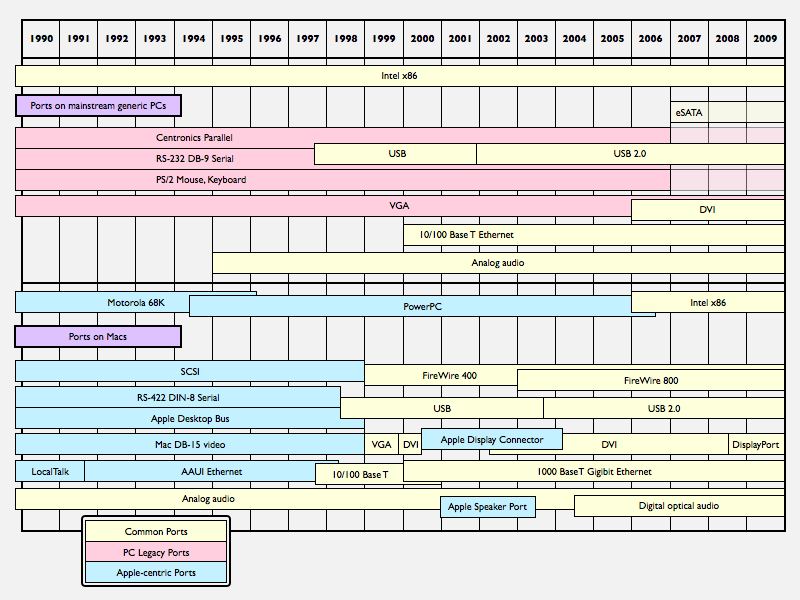




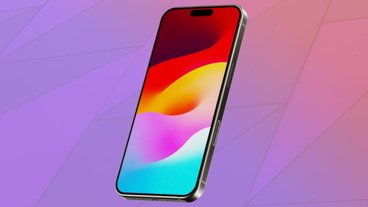


-m.jpg)






 Malcolm Owen
Malcolm Owen
 William Gallagher
William Gallagher
 Christine McKee
Christine McKee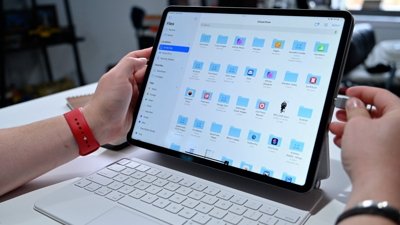
 Andrew Orr
Andrew Orr
 Wesley Hilliard
Wesley Hilliard
 Brian Patterson
Brian Patterson

 Andrew O'Hara
Andrew O'Hara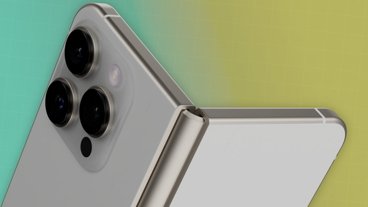
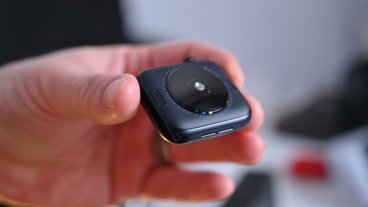
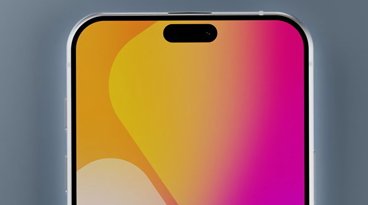






165 Comments
there is no such thing as a "HDMI-style resolution". HDMI is essentially the same as DVI and supports all resolutions.
Just wanted to relay a bit of information one of Apple's Systems Engineers gave to us during his monthly presentation at our school:
VGA output on the iPad is application specific.
It won't be the same as what Jobs and company showed on stage where seemingly everything was projected on screen (that was something custom for the stage as with other past products).
Each developer will need to [optionally] include a system call to output video for their specific app.
In the case of the iPad, Keynote is a video output ready app.
Zune HD can deliver 720p output. and it's enabled.
there is no such thing as a "HDMI-style resolution". HDMI is essentially the same as DVI and supports all resolutions.
He wrote ""HDTV-style resolution", referring to 720p+ witn a 16x9 ratio.
VGA output on the iPad is application specific.
It won't be the same as what Jobs and company showed on stage where seemingly everything was projected on screen (that was something custom for the stage as with other past products).
Even though people should assume that from every iPhone presentation they've ever had that is a good point. I'm sure some will think that everything will be pushed through mirrored.
Zune HD can deliver 720p output.
The hardware in the iPhone and Touch can, too, but Apple doesn't enable it. The use of VGA makes since for projectors, especially with the 4:3 ratio, but Apple may very well allow for HD video to be synced to the device and for it to be pushed through the component video iPod Dock Connector, which can push 720p and higher resolutions.